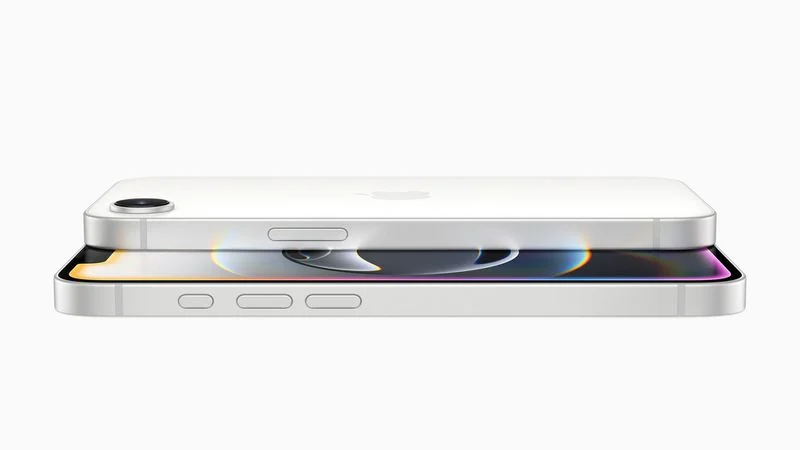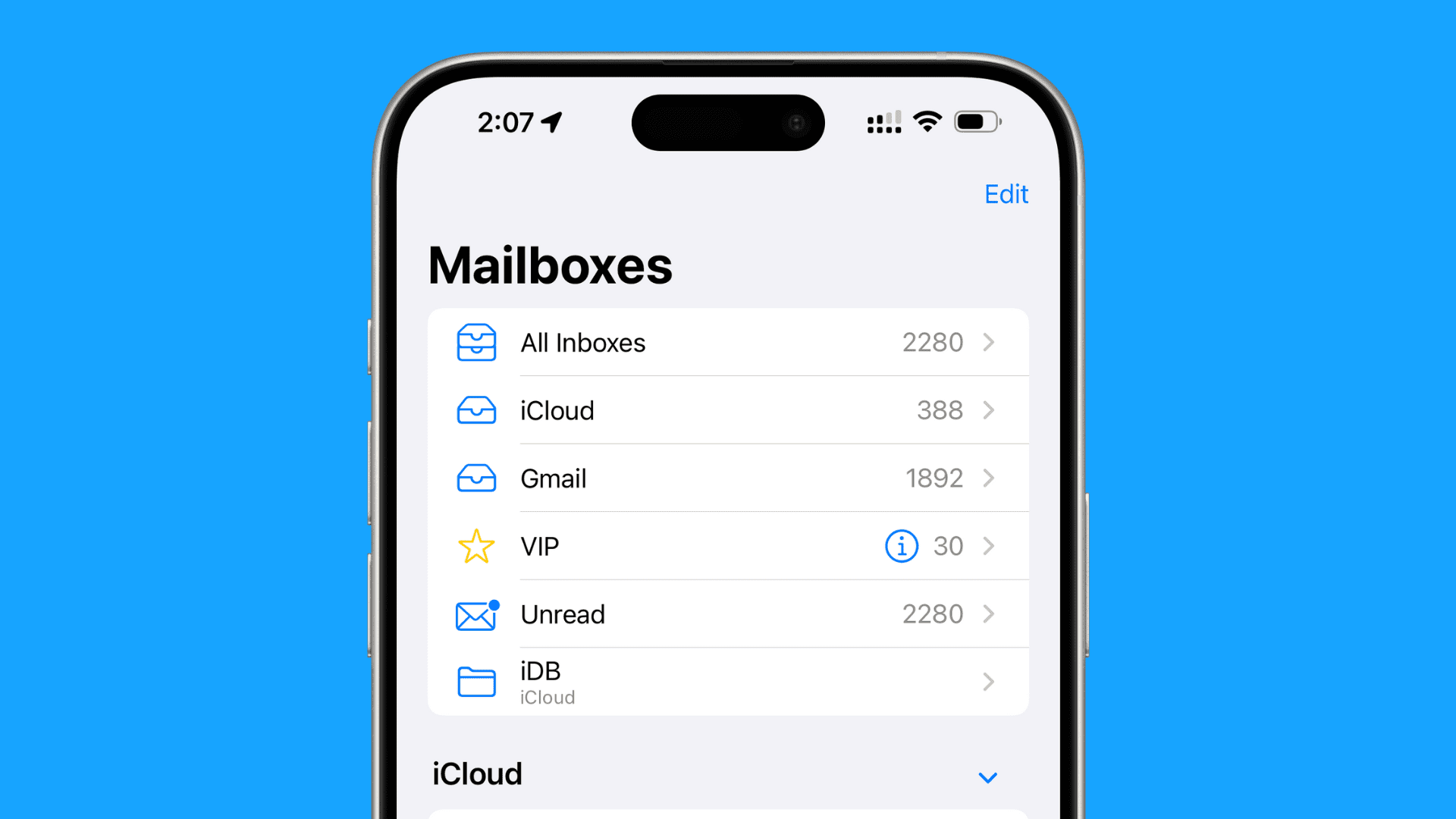Apple and Indonesia have worked out a deal to end a five-month ban on selling the iPhone 16 in the country, according to insiders who shared the news with Bloomberg. The disagreement started in October when Indonesia blocked Apple’s newest iPhone because the company didn’t follow rules about making products locally. Now, that fight is over, and iPhones are coming back!
As part of the deal, Apple promises to spend $1 billion in Indonesia—a huge jump from earlier offers of $10 million and $100 million, which the government turned down. They’ll sign an agreement soon, possibly this week, and the Industry Ministry will quickly approve permits so iPhone 16 sales can start again.
Apple’s not just handing over money, though. They’ll also train Indonesians in tech skills like research and software design, helping locals create their own products. This was a big ask from Indonesia, which wanted Apple to set up research centers in the country.
The plan includes building a factory on Batam island to make AirTags, those little trackers Apple sells. A company called Luxshare Precision Industry will run it, and it could handle 20% of all AirTags made worldwide. Plus, another factory in Bandung, a few hours from Jakarta, will churn out different accessories. Apple will also fund tech schools to teach students things like coding.
Still, don’t expect iPhones to be built in Indonesia anytime soon—Apple’s keeping that part of its business elsewhere for now. This deal is a win for Indonesia’s President Prabowo Subianto, who pushed for the $1 billion offer. Last month, the Industry Ministry surprised everyone by keeping the ban, hoping for a better deal—and it worked!
Indonesia’s tough stance brought in big money and jobs, supporting their goal to grow local industries, not just be a place to sell stuff. For Apple, this opens the door to Indonesia’s 278 million people, many of them young and tech-loving. With sales slowing in China, this market could be a goldmine, even if Apple isn’t a top phone brand there yet.




